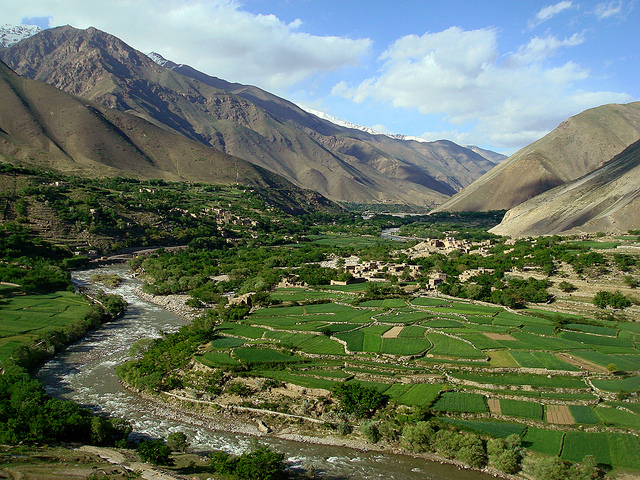
PANJSHIR VALLEY, Afghanistan — Avalanches caused by a heavy winter snow killed at least 124 people in northeastern Afghanistan, an emergency official said Wednesday, as rescuers clawed through debris with their hands to save those buried beneath.
The avalanches buried homes across four northeast provinces, killing those beneath, said Mohammad Aslam Syas, the deputy director of the Afghanistan Natural Disaster Management Authority. The province worst hit appeared to be Panjshir province, about 100 kilometres (60 miles) northeast of the capital, Kabul, where the avalanches destroyed or damaged around 100 homes, Syas said.
The acting governor of Panjshir, Abdul Rahman Kabiri, said rescuers used their bare hands and shovels in an effort to reach survivors. Rescue teams had been dispatched to the affected areas and casualties were expected to rise, Syas said.
The heavy snowstorms, which began early Tuesday, hampered rescue efforts. Snow fall from the storm was nearly 1-meter (3-feet) deep in places and fallen trees blocked roads in the Panjshir Valley.
Gen. Abdul Aziz Ghirat, the provincial police chief of Panjshir, said the death toll from the avalanches was expected to rise when rescue attempts resumed at sunrise Thursday.
Avalanches in the valley’s Dara district affected up to 600 families, according to people trying to reach the area to assist in rescue efforts.
“People there have told me that two of my relatives have been killed and eight others are still under the snow,” said an Afghan who goes by the single name Sharafudin. “My son and I are trying to get through to see if we can help find their bodies. But it will take us at least three or four hours to get there because of the snow and the road is very narrow, so we have to walk, the car can’t get through.”
He spoke at the mouth of the valley, where traffic moved at a crawl.
“We’ve had no help yet from the authorities, no medicines, no machinery to open the roads so we can get to the buried houses,” Sharafudin said.
Another man stuck on the highway trying to reach Dara told The Associated Press that many bodies remained in houses buried beneath feet of snow.
“We are so concerned about our relatives who are just stuck there,” said the man named Abu Muslim.
Large parts of Afghanistan have been covered in snow as a major storm interrupted an otherwise mild and dry winter.
Authorities in Parwan province closed the strategic Salang Tunnel, which links the north and south of the country, over avalanche fears. Power cables traversing the tunnel have been damaged, cutting power to much of Kabul since earlier this week.
In a statement, President Ashraf Ghani said he was “saddened by news of the avalanches and flooding across the country.” He said he had ordered urgent assessments of the extent of damage and offered his condolences to the families of the dead.
Temperatures have plummeted across the country, though the snow was expected to start melting in the Panjshir Valley and much of the mountainous northwest of the Hindu Kush range in coming days, according to forecasts.
Afghanistan has suffered through some three decades of war since the Soviet invasion in 1979. But natural disasters such as landslides, floods and avalanches have taken a toll on a country with little infrastructure or development outside of its major cities.
In May, a massive landslide killed anywhere from 250 to 2,700 people, authorities said at the time. Another landslide in 2012 killed 71 people. Authorities were not able to recover the vast majority of bodies and ended up declaring the site a massive grave.
Faiez reported from Kabul, Afghanistan.